Bankruptcy is a legal state where a person or business openly admits their inability to settle their outstanding debts. Debts can quickly accumulate, leading to a precarious financial situation that can put significant strain on an individual or a family. In the absence of a financial safety net, it becomes increasingly challenging for individuals to regain their financial stability and regain control over their lives. Bankruptcy provides these individuals with a viable pathway to escape their financial problems. It gives them the opportunity to resolve their debts while concurrently ensuring that their creditors are treated equitably. The debtor, in this case, the individual or business entity filing for bankruptcy, is then granted the chance to start afresh, free from the oppressive weight of unpaid bills. There are several different chapters of bankruptcy that individuals or businesses can file for. The two most commonly used ones are the liquidation (chapter 7) and reorganization (chapter 13) options. Each of these options caters to different financial situations and offers its unique set of advantages.
Defining Bankruptcy
Bankruptcy, at its essence, is a legal process meticulously designed to aid individuals and businesses who are grappling with the severe burden of insurmountable debt. It provides a structured, methodical approach to managing and resolving severe financial difficulties. This can be achieved either by restructuring existing debts, thereby allowing the debtor to repay their obligations in a more manageable way, or by offering a fresh start through the discharge of certain debts, wiping the slate clean.
The concept of Bankruptcy exists within a comprehensive system of rules and regulations. This system has been carefully designed to balance the rights of both debtors and creditors. It aims to ensure that both parties are treated fairly, and that the resolution of financial problems occurs in an orderly and equitable manner. Thus, bankruptcy offers a lifeline to those facing financial hardship, providing them a means to regain control over their financial situation and move toward a more secure future.
Types of Bankruptcy
Bankruptcy is a complex legal process that comes in several forms, each designed to address specific circumstances and financial needs. Understanding these forms is paramount in order to navigate the convoluted waters of bankruptcy successfully. The most frequently encountered forms of bankruptcy are Chapter 7 and Chapter 13 bankruptcies.
- Chapter 7 Bankruptcy: Commonly known as “liquidation bankruptcy,” this type of bankruptcy involves the selling off of the debtor’s non-exempt assets in order to repay their creditors. It offers a relatively rapid discharge of unsecured debts which may include credit card debt, medical bills, and personal loans, among others. While this provides the debtor with a fresh financial start, enabling them to move forward without the crushing weight of their previous debts, it may necessitate the forfeiture of certain assets, which can be a significant drawback.
- Chapter 13 Bankruptcy: Often referred to as “reorganization bankruptcy,” Chapter 13 bankruptcy is a solution aimed at individuals who have a stable income and the financial capacity to pay off their debts over time. It allows these individuals to develop a structured repayment plan that typically spans three to five years. This plan is designed to enable debtors to retain their assets, such as their homes and cars, while repaying a portion of their debts to creditors. This method of bankruptcy can provide a lifeline for those who have significant assets they wish to protect.
Bankruptcy’s Impact on Individuals and Businesses
For individuals who find themselves in the unfortunate position of drowning in debt and struggling to meet their financial obligations, bankruptcy can serve as a lifeline. It provides a much-needed opportunity for them to regain control of their financial situation, setting them on a course towards a more stable future. While filing for bankruptcy might initially have a negative impact on credit scores, demonstrating responsible financial behavior in the aftermath can gradually lead to an improvement in these scores over time.
Businesses, too, can find a much-needed respite in bankruptcy, particularly during periods of economic hardship and uncertainty. For example, Chapter 11 bankruptcy provides an option for businesses to continue operations while simultaneously working on reorganizing and restructuring their debts. The process allows them to reassess their financial strategies, which can lead to enhanced operational efficiency. It also encourages a renewed focus on long-term sustainability, pushing businesses to make necessary changes to ensure their survival in the long run.
The Bankruptcy Process
The bankruptcy process is comprised of multiple steps, each one significant and crucial for the successful completion of the process:
- Filing Petition: The process is initiated with the filing of a bankruptcy petition. This document contains detailed information about the debtor’s financial situation, such as the total amount and nature of debts, assets, income, and expenses. This information is crucial for the court to understand the extent of the debtor’s financial distress.
- Automatic Stay: Immediately after the filing of the petition, an automatic stay is issued. This is a legal provision that temporarily halts creditors from pursuing any collection actions against the debtor. These actions could include filing lawsuits, effectuating wage garnishments, or initiating foreclosure proceedings. The objective of the automatic stay is to protect the debtor from further financial distress during the bankruptcy process.
- Creditors Meeting: After the automatic stay is in effect, a meeting of creditors is scheduled. This meeting provides creditors with an opportunity to question the debtor about their financial situation and the circumstances leading to the bankruptcy. This is a crucial step as it allows creditors to understand the debtor’s financial predicament better.
- Debtor’s Financial Management Course: As part of the process, individuals filing for bankruptcy are required to complete a debtor education course. This course is designed to teach them financial management skills, with the aim of preventing future financial distress. The completion of this course is a prerequisite before their debts can be discharged.
- Chapter 13 Repayment Plan Approval: In cases filed under Chapter 13 of the Bankruptcy Code, the court will review and approve the debtor’s proposed repayment plan. This step involves the court assessing the feasibility of the plan, ensuring that the debtor can meet their repayment obligations under the plan.
- Debt Discharge: Finally, the successful completion of the bankruptcy process results in a discharge of eligible debts. This discharge effectively releases the debtor from the obligation to repay these debts, granting individuals and businesses a fresh start, free from the burden of unmanageable debt.
Factors to Consider
While filing for bankruptcy can indeed provide a viable path towards financial relief for many individuals, it is utterly essential to approach such a decision with a great deal of thoughtfulness and care. Bankruptcy, despite its potential benefits, may have significant and lasting effects on one’s credit history. This can, in turn, influence an individual’s ability to secure credit in the future. It’s not a decision to be taken lightly, and it should be made with a thorough understanding of the potential consequences. Therefore, consulting with legal and financial professionals is highly recommended. These experts can provide invaluable insights and advice on the best course of action to take, tailored to your unique individual circumstances. They can help you navigate the complexity of the financial landscape and assist you in making the most informed decision possible, thus ensuring your financial health in the long term.
Conclusion
Bankruptcy, while often seen as a last resort, actually serves as a vital safety net for individuals and businesses alike who are suffocating under the weight of insurmountable financial challenges. It is a legal process that provides a structured and organized framework for resolving debts and liabilities, granting those overwhelmed by financial difficulties the opportunity to effectively rebuild their financial lives.
Understanding the various forms of bankruptcy and the potential impact each can have is essential to navigating this complex process. From Chapter 7, which involves liquidation of assets to pay off debts, to Chapter 13, which sets up a repayment plan over a period of three to five years, each type of bankruptcy carries its own set of implications and requirements.
By comprehending these different types of bankruptcy and their possible effects, both individuals and businesses can make knowledgeable and informed decisions that best suit their financial situations. This understanding not only helps in the immediate resolution of their financial struggles but also paves the way for a brighter, more secure financial future – one where they can regain control over their finances and start anew.
If you need help with Bankruptcy, please get in touch with us today! – Contact us




